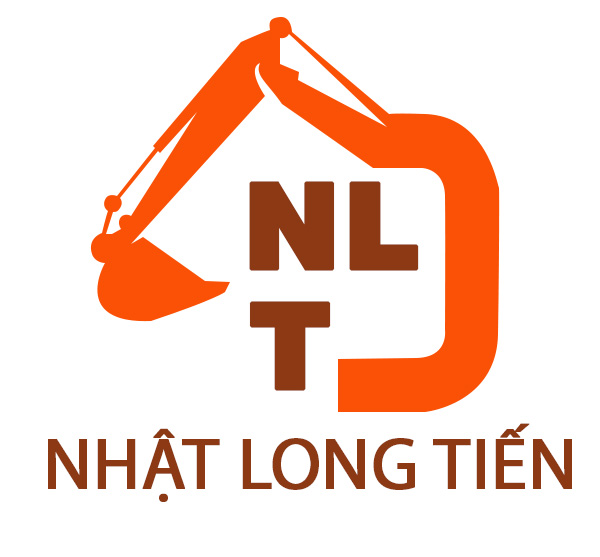A Look at Chicken Cross Through the Lens of Game Theory
Chicken Cross is a popular online slot machine game developed by Yggdrasil Gaming. The game’s theme revolves around a farm where players can collect eggs and participate in various challenges to win rewards. While its gameplay may seem straightforward, it incorporates elements that make chicken crossing it an interesting case study for game theory enthusiasts. In this article, we’ll delve into the strategies and tactics involved in Chicken Cross, analyzing the underlying mechanics through the lens of game theory.
Understanding the Game Mechanics
Before diving into the theoretical aspects, let’s briefly explain how Chicken Cross works. The game is divided into rounds, each comprising a series of challenges that players must complete to collect eggs. These challenges can be thought of as separate games within the larger framework of Chicken Cross. Players are rewarded with coins and other items for completing these tasks.
A key aspect of the game is its use of probability theory. Each challenge has an associated probability of success, which affects the rewards gained from completing it. For instance, some challenges may have a 70% chance of yielding three eggs, while others might guarantee only one egg regardless of performance. This probabilistic nature introduces an element of uncertainty that players must navigate.
Game Theory Fundamentals
To analyze Chicken Cross through game theory, we need to familiarize ourselves with the fundamental concepts involved. Game theory is a branch of mathematics that deals with strategic decision-making in situations involving conflict or cooperation between multiple parties. In this context, the "players" refer to the various challenges within Chicken Cross.
One essential concept in game theory is the Nash Equilibrium (NE), named after John Nash. The NE represents a stable state where no player can improve their outcome by unilaterally changing their strategy, assuming all other players keep theirs unchanged. In Chicken Cross, achieving an optimal balance between challenge completion and resource allocation can be seen as striving for an NE.
Another critical concept is the notion of a zero-sum game. In such games, one party’s gain is equivalent to another party’s loss. While Chicken Cross doesn’t fit perfectly into this category – since completing challenges directly yields rewards rather than causing another player to lose – it shares similarities with zero-sum games in terms of strategy and competition.
Mixed Strategies and Risk Management
In game theory, a mixed strategy refers to the use of randomization or probabilistic actions to counter opponents who may be using various strategies. This concept is particularly relevant in Chicken Cross due to its reliance on probability-based rewards.
Consider a scenario where you’re facing a challenge with a 30% chance of yielding one egg and an 70% chance of yielding three eggs. To maximize your expected return, you might employ a mixed strategy by allocating your resources across multiple attempts, rather than focusing solely on the higher-rewarded challenge. This approach can help mitigate losses while still capturing potential gains.
Risk management is another critical aspect of game theory that applies to Chicken Cross. Players must balance their willingness to take risks against the uncertainty inherent in each challenge’s outcome. By understanding the probability distributions associated with each task, players can make informed decisions about which challenges to prioritize and how much resources to allocate.
Information Assymetry and Strategic Play
A key concept in game theory is information asymmetry (IA), where one player has more or better-quality information than others. In Chicken Cross, this dynamic arises when considering the probability distributions associated with each challenge.
Players who have access to detailed data on past performances, including the number of attempts required to complete challenges and their associated rewards, can use this knowledge to develop strategic plans. This might involve focusing on high-rewarding challenges while minimizing efforts in lower-paying tasks or adopting a more diversified approach.
Strategic play is also critical in Chicken Cross, as players must adapt to an ever-changing environment of challenge availability and reward structures. For example, if a specific challenge consistently yields poor results, it’s wise for players to adjust their strategy and allocate resources elsewhere.
Equilibrium Points and Limiting Strategies
An equilibrium point represents the stable state where no player can improve their outcome by unilaterally changing their strategy. In Chicken Cross, this might mean finding an optimal balance between the number of challenges completed and the associated rewards gained from each attempt.
However, due to the probabilistic nature of challenges in Chicken Cross, players often encounter scenarios where they must choose between different probability distributions for individual challenges or across multiple attempts. In such situations, a limiting strategy involves allocating resources towards maximizing expected returns while acknowledging that randomness will always play a role.
Conclusion
Chicken Cross offers a unique blend of strategic decision-making and probabilistic uncertainty that makes it an engaging case study in game theory. By examining the mechanics behind this popular online slot machine, we’ve seen how players can employ mixed strategies to manage risk and adapt to changing environments.
Understanding the equilibrium points and limiting strategies involved in Chicken Cross allows players to make more informed decisions about resource allocation and challenge selection. This, in turn, enables them to capture the maximum possible rewards from the game while minimizing potential losses.
By exploring the intersection of game theory and online gaming, we can gain a deeper appreciation for the complexities involved in strategic decision-making under uncertainty. As new games emerge with increasingly sophisticated mechanics, continued application of game-theoretical principles will only enhance our comprehension of these virtual worlds.

